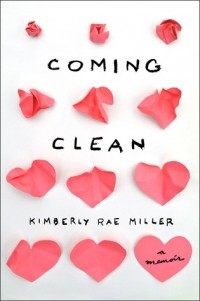
People who laughed and feigned gagging, people who would never really understand what it felt like to live like that.” “Episode after episode, I cried-not because of what was on the TV, but because I knew that there were people, millions of people, who watched shows like this for fun. Miller shares her thoughts about the show “Extreme Hoarders”: But it is taken lightly by our culture, even to the point of being “funny”. It is a real condition that is often sad, and can have lasting physical and emotional effects. She says he “made a fist, and he punched me in the face…I was torn between telling that my dad wasn’t usually like this, that my parents never hit me, or acting like this sort of thing was no big deal and happened all the time.”Įven after finishing the 250-page book, which was a quick read and extremely hard to put down, it’s hard to admit that there are people who have to deal with hoarding every day.


One day when Kimberly’s friend Carolynn is visiting, her father accuses Kimberly of breaking one of his many radios. Miller is torn between being angry with her parents for allowing her to live such a life and rationalizing what they do–her mother’s sick and can’t clean her father just doesn’t realize what he’s doing wrong, even when he’s being dangerous. Her father literally could not get rid of his things, because they were of such importance and he was obsessed by them.

The dark side of living with hoarders and the damage it does to a child is what makes Kimberly Rae Miller’s memoir Coming Clean such a great story: she was born into a family that loved her and would do anything for her, but they were hoarders.


 0 kommentar(er)
0 kommentar(er)
